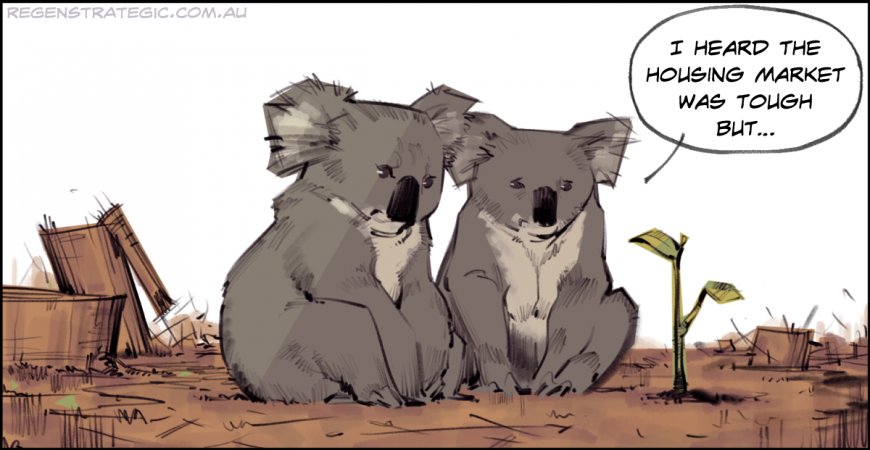There is no shortage of complex issues to consider in the fight against climate change, but deforestation must be toward the top of the list.
According to the World Resources Institute, there is more than 800 gigatonnes of carbon locked up in the world’s native forests, equivalent to nearly a century’s worth of current annual fossil fuel emissions.
Deforestation accounts for between 12-20 per cent of greenhouse gas emissions. It is also a leading cause of biodiversity loss and ecological risk.
It is not hard to get agreement on the need to plant trees, given industry’s need for carbon credits and the money to be made generating them. It is harder to get agreement on the need to preserve our existing native forests. Which is largely due to industry seeing economic potential in currently forested land.
While every tree planted should be celebrated, not all trees are created equal. There is no substitute, in terms of greenhouse gas abatement or biodiversity conservation, to protecting existing native forest habitats.
In this context, industry needs to ask itself three questions when considering new activity that involves the clearing of native forest habitat. Is it really needed? Can it be done elsewhere? Can it be done differently?
Given the importance of our native forests to the climate and biodiversity, these are the questions regulators and the community will be asking.
This article also appeared in The West Australian newspaper.
 ReGen Strategic
ReGen Strategic